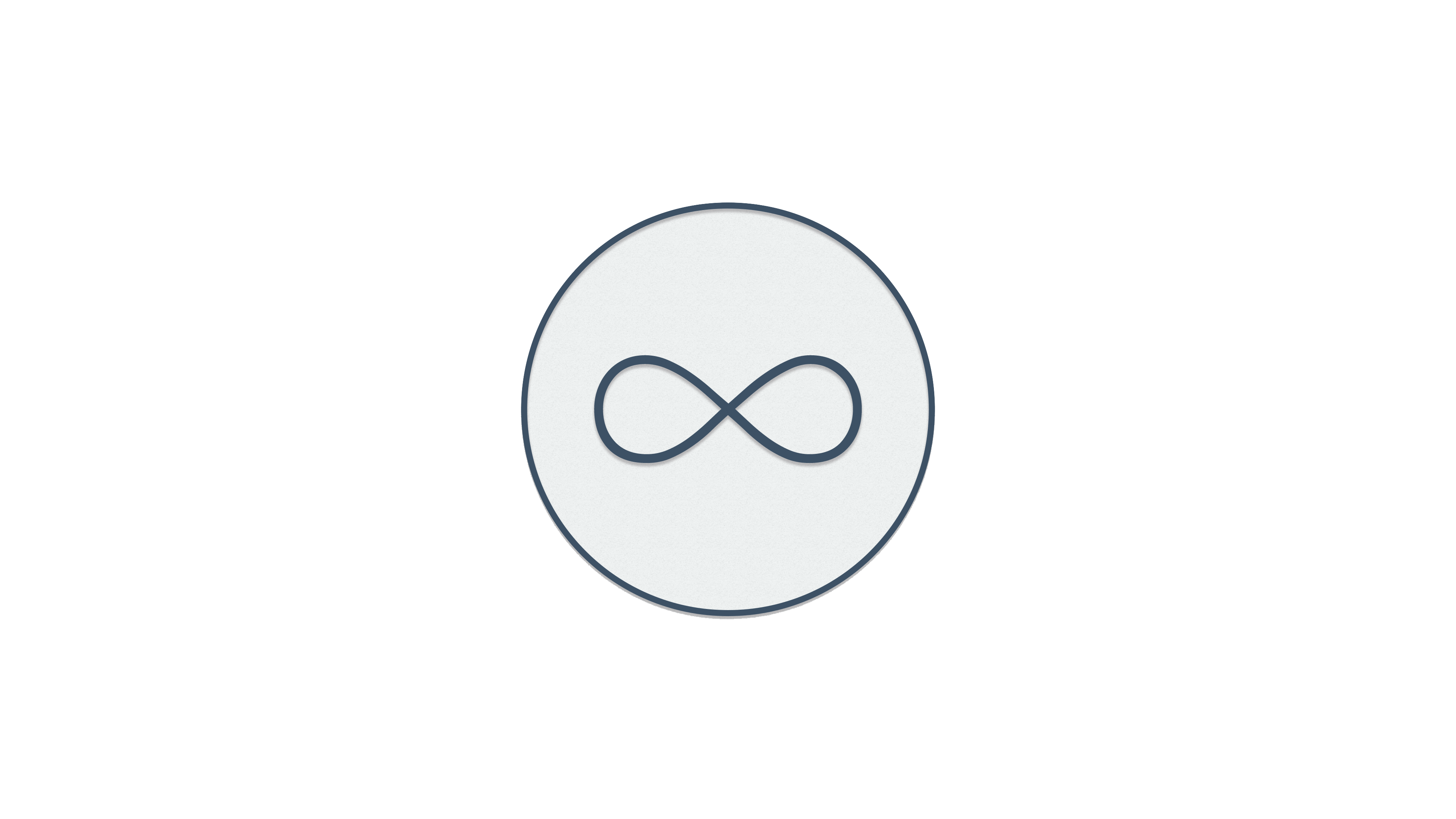Who says authors can be stupid? Time to do the math!
Understanding the economics of book publishing will give you a competitive advantage. My analysis of a recent New York Times article on ebook economics.

Publetariat ran an interesting post from New York times Bestselling author Michael A. Stackpole, titled Authors Can Be Stupid: Doing the Ebook Math.
Anyhow, I want to discuss two points raised by Michael:
“The base cost of a book, of course, determines its final price.”
This is simply incorrect and I’m not aware of any publisher that applies a cost plus pricing model; this is a model you’ll find in widget manufacturing industries. Books as widgets? I don’t think so, particularly as the industry is moving towards a ‘books as a service’ model. More on that another day.
“The digital model, however, removes costs … Warehousing is no longer a cost. Transportation is no longer a cost. Typesetting is no longer a cost. Art direction is still a cost, but the cost of cover art goes way down. Digital books work well with iconic images, not the sweeping cover illustrations found on books.”
This is true, digital models do change book production economics, significantly. But typesetting not a cost? Art direction costs go ‘way down’?
Ebooks do not need to be typeset in the traditional sense, but they do need to be formatted. Have you ever looked at an ebook and thought, ‘wow, that’s ugly’? Or worse still, decided not to read an ebook because its formatting made reading nigh on impossible? Although ebooks are, as a rule, simple HTML, formatting is a skill and doing the job well takes time, and money.
And this of course assumes ebooks are simply ‘dumb’, digital versions of their paper counterparts. Ebook development from a book publishing perspective is it in infancy and developments, such as the creation of additional audio, video and community driven content, will come at a cost.
On ebook art. Creating great ebook art is an art. Because the display images that appear beside ebook listings can be small, creation of ebook art needs extra thought and care. If anything, this will add to the cost of book production, not reduce it. If the ebook is the only edition, costs could easily parallel physical edition art costs.
As for the use of ‘iconic images’, try to avoid doing so unless of course you’re happy with your ebook looking like every other book using iconic imagery. There’s a reason iconic images are, well, iconic.
Ebooks not having paper pages is no excuse for throwing formatting and art design out the window. Indeed, those who spend the time and money creating beautiful ebooks will profit more than those who don’t; currently too many ebooks are plain ugly and our customers deserve better.
